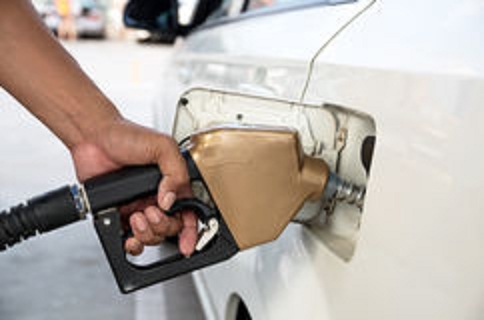The Trump administration is making a concession on its proposed minimum fuel economy standard for new vehicles, but environmental groups and a key Democratic senator are not happy that it does not go far enough, and still falls well below the standards set under the Obama administration.
Fuel economy standards would boost 1.5% per year from 2021 through 2026 under the latest proposal. This is a reversal from the Trump administration’s proposal in 2018, which sought to freeze the standards at 2020 levels.
Environmentalists and Delaware Senator Tom Carper barely cheered the move, which doesn’t come close to the 5% annual boost that the Obama administration had mandated.
Carper, senior Democrat on the Environment and Public Works Committee, provided some details of the recent fuel-standards proposal in a letter Wednesday prompting the administration to scrap its new mileage proposal as ineffective and expensive.
“My office’s review of the draft final rule shows that it utterly fails to provide any demonstrable safety, environmental or economic advantage to consumers or the country,” Carper wrote in a letter to the Office of Management and Budget.
The office evaluates proposed regulations before they are made final and printed in the Federal Register. The administration hasn’t provided the numbers, but they are described in Carper’s letter to Paul Ray, a management and budget administrator.
The Trump administration has billed its mileage standards as safer and less expensive to motorists, but there’s a rising chorus of critics disputing that, including the Trump EPA’s own scientific advisory board. The mileage rollback has become among the most highly contested rollback efforts by the administration, resulting in legal battles with California and other states and splitting loyalties of leading automakers.
The National Highway Traffic Safety Administration (NHTSA), which develops fuel economy rules, has not made any comments yet. It reissued a statement saying the rule will enhance fuel economy, slash pollution and make vehicles more affordable.
When the Trump administration issued its proposed “Safer Affordable Fuel-Efficient Vehicles Rule” in 2018, it calculated that the regulation would save 12,700 lives in car accidents through the model year 2029. The logic was that relaxed fuel mileage standards would slash the cost of vehicles, making them more affordable and boost sales. Since new vehicles are safer, there would be more chances to save lives.
The proposal pegged the cost of meeting Obama-era standards at $2,700 per vehicle and said consumers would save that much per car by 2025.
But Carper wrote that the administration’s final proposal says total savings of 474 lives through 2029. That number doesn’t include deaths related to rising air pollution from less-efficient vehicles, Carper wrote.
“Those 470 prevented traffic fatalities are nowhere near enough to offset the premature deaths related to the 80 billion gallons of additional gasoline consumption in the administration’s proposal,” stated Dave Cooke, senior vehicles analyst for the Union of Concerned Scientists.
Under calculations in the proposal, the purchase cost would decline by $1,083 per vehicle under the modified standards, Carper wrote. But that would be erased by the cost of operating automobiles with lower fuel economy, which adds $1,423 to the cost, Carper wrote.
“Adding hundreds of dollars to the cost of each vehicle would seem to be the opposite of the more ‘affordable’ vehicles the SAFE rule promised,” his letter noted.
Last year, the administration’s proposed fuel-economy freeze touched off a huge legal fight with California, which has authority under the Clean Air Act to set its own greenhouse gas emissions, and by extension, gas mileage standards. Trump revoked California’s authority, and the state then challenged the decision in court.
Afterward, the auto industry split on the issue with four companies, Ford, BMW, Volkswagen and Honda, siding with California. Most other automakers sided with Trump.
Many automakers have been lobbying for a rollback from the Obama standards, but state they’re willing to support a smaller boost. They contend that consumers have shifted so quickly to trucks and SUVs that they are having a hard time meeting the present standards.


